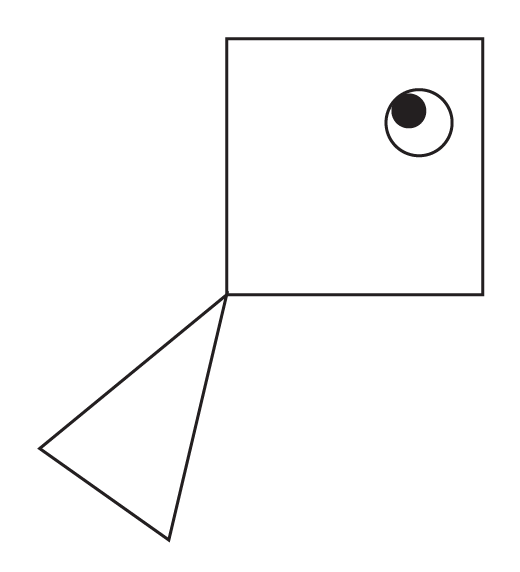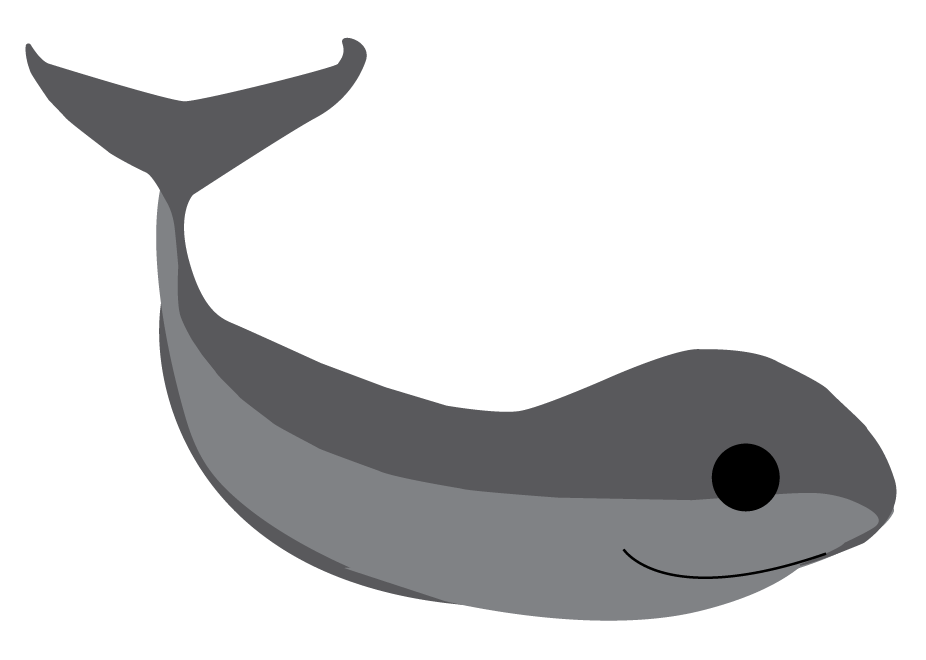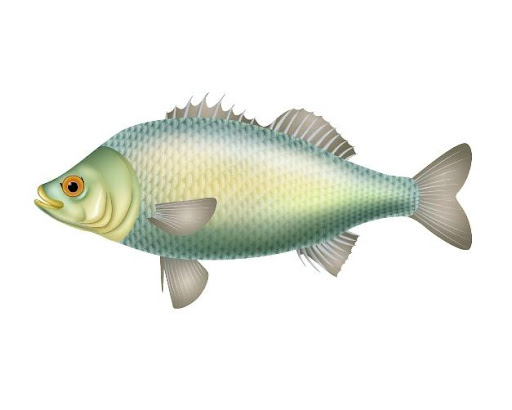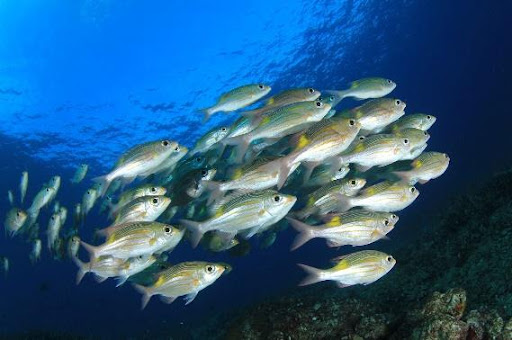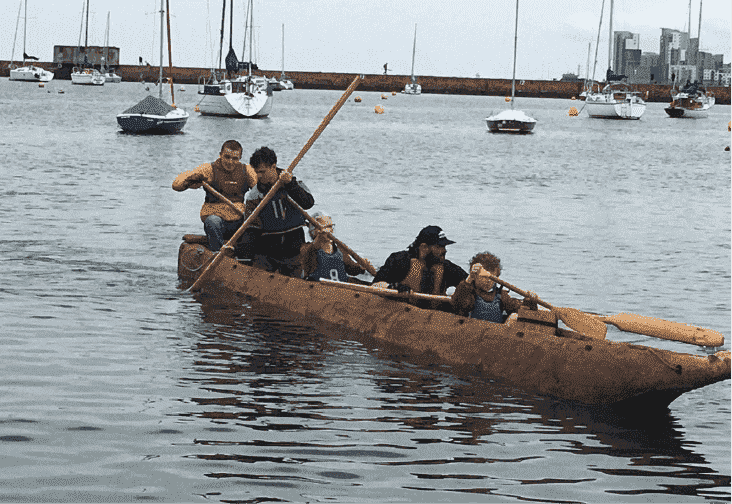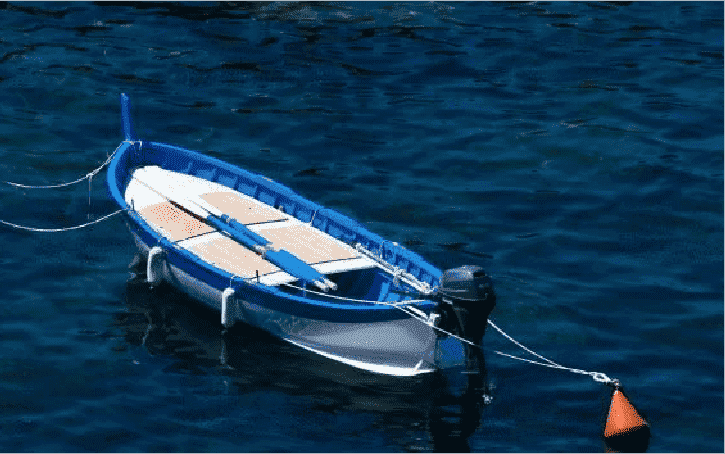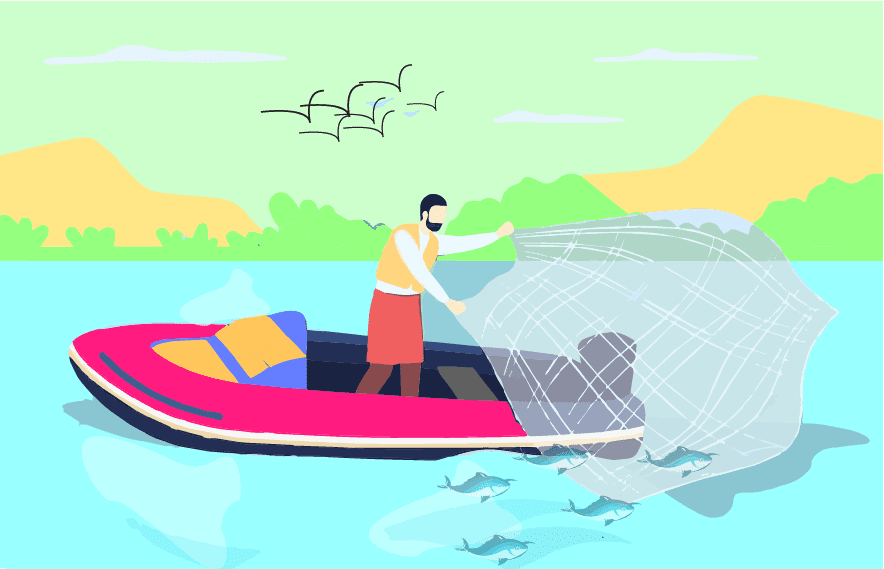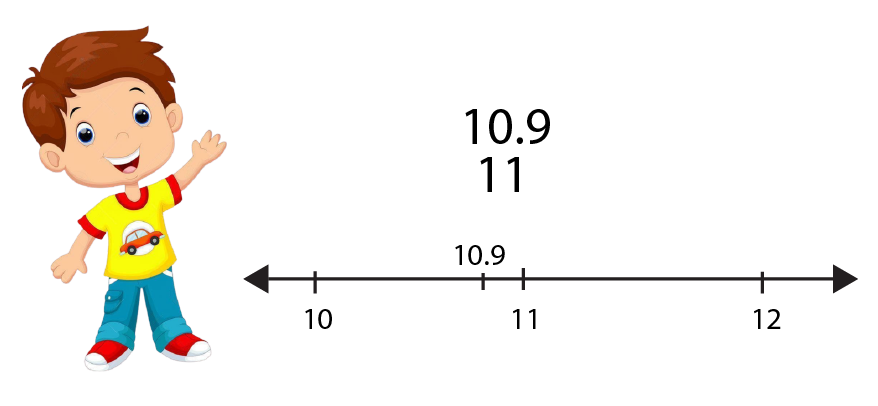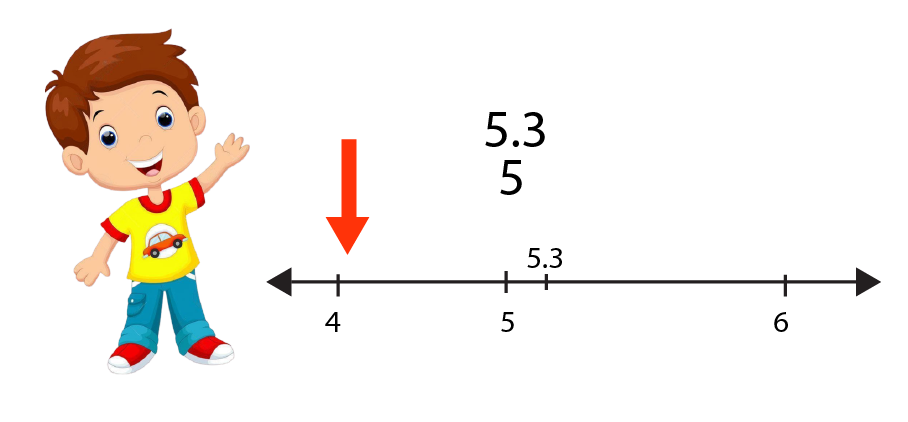The Fish Tale Class 5 Maths Chapter 1 CBSE Notes - 2025-26
FAQs on The Fish Tale Class 5 Maths Chapter 1 CBSE Notes - 2025-26
1. What are the main mathematical concepts I should revise from Chapter 1, 'The Fish Tale'?
For a quick revision of 'The Fish Tale', you should focus on these key concepts:
Large Numbers: Understanding, reading, and writing numbers in lakhs and crores.
Basic Operations: Applying addition, subtraction, multiplication, and division to solve problems related to money, weight, and distance.
Measurement: Concepts of speed (km/hr), weight (kg), and length (m).
Geometry: Recognising basic shapes like triangles and circles used to draw fish.
2. How does the chapter use the whale shark to teach about large numbers?
The chapter introduces the whale shark, one of the biggest fish, to help you visualise and work with large numbers. By mentioning its length (e.g., 18 metres) and weight (e.g., 16,000 kg), it provides a real-world context for numbers that are much larger than what you use in daily life, making them easier to comprehend.
3. What is the concept of speed, distance, and time as explained in 'The Fish Tale'?
The chapter explains the relationship between speed, distance, and time using boats. For example, it states a log boat travels at a speed of 4 km per hour. This means in one hour, it covers a distance of 4 km. This concept is a basic introduction to calculating how long a journey will take or how far one can travel in a given time.
4. How is drawing a fish connected to geometry in this chapter's summary?
Drawing a fish using shapes like triangles for fins and circles for eyes is a creative way to revise basic geometry. It demonstrates how complex figures can be constructed from simple, familiar shapes, which is a foundational idea in geometry and art.
5. What's the quick way to calculate earnings from selling fish, as shown in the chapter?
To quickly calculate total earnings, you multiply the total quantity of fish sold (in kg) by the selling price per kg. This concept is a key part of the chapter's focus on practical, real-world maths used in a fish market scenario.
6. Why is it important to understand the difference between a log boat and a motorboat for maths problems in this chapter?
Understanding the difference is crucial because it affects the calculations. The key differences for maths problems are speed and capacity. A log boat is slow (around 4 km/hr) and has a small capacity, while a motorboat is fast (around 20 km/hr) and carries more. This changes the outcome of problems related to travel time, distance covered, and the amount of fish caught.
7. How does the 'fish market' theme help in revising the four basic mathematical operations?
The fish market theme provides a practical setting to revise all four operations:
Addition: To calculate the total weight of fish or total money spent.
Subtraction: To find the remaining money or calculate profit.
Multiplication: To find the total cost of fish when the rate per kg is known.
Division: To calculate the price per kg or to share earnings equally.
8. What is a 'crore', and how is it related to a 'lakh' in this chapter?
In the Indian numbering system, a 'crore' is a large number. One crore is equal to one hundred lakhs (1,00,00,000). The chapter uses these terms in the context of large-scale fishing businesses, like the cost of a trawler or the annual earnings of a fish worker's bank, to build familiarity with the place value system for large numbers.
9. How do these revision notes for 'The Fish Tale' help in approaching word problems?
These notes help by summarising the core logic for different scenarios. When you revise concepts like loan repayment, speed calculation, or finding the total cost, you also revise the specific mathematical operation needed for each. This makes it easier to decode word problems and apply the correct formula quickly during exams.

























